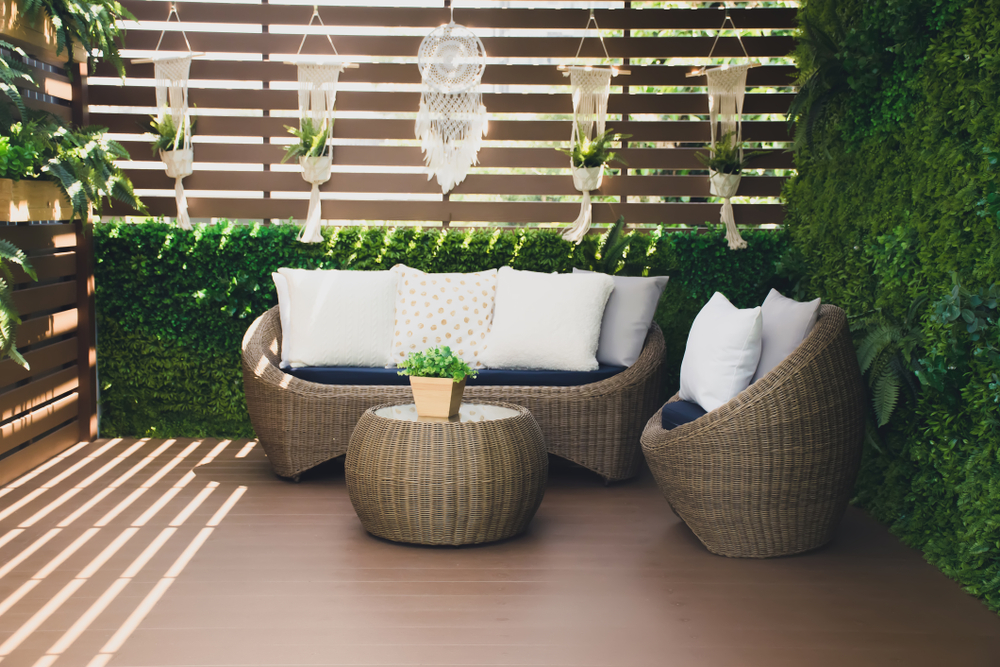In the bustling world of modern living, homeowners are increasingly seeking ways to reconnect with nature without sacrificing the comfort and convenience of their interiors. Biophilic design, which integrates natural elements into living spaces, offers a compelling solution by fostering a harmonious atmosphere. For those in the Midwest, incorporating biophilic design into your home can mean balancing the changing seasons with indoor greenery and natural elements. In this blog, we explore how biophilic design can transform Midwest homes, enhancing both aesthetics and well-being.
1. The Principles of Biophilic Design in Midwest Homes
Biophilic design revolves around the inherent connection between humans and nature. In the Midwest, where seasonal variability is pronounced, incorporating nature-inspired design is both practical and invigorating. Here are a few guiding principles to consider:
- Nature in the Space: Create a seamless indoor-outdoor transition. Introduce plants that thrive indoors and allow plentiful natural light through large windows or skylights. Choose vegetation that complements Midwest climates, like ferns, indoor trees, or seasonal flowering plants.
- Natural Analogues: Use materials and patterns that mimic natural settings. Wooden finishes, stone elements, and water features can bring the serenity of nature into your living space. Consider textile designs that mirror the natural world, like floral or leaf patterns.
- Nature of the Space: Design environments that engage the senses, with a focus on variability and curiosity. Plan for dynamic spaces with varied textures, sounds (like indoor water features), and light conditions that mimic changes found in nature.
2. Biophilic Design Elements That Maximize Midwest Home Comfort
Integrating biophilic elements also involves thoughtful consideration of how each component can enhance comfort and functionality.
- Green Walls and Vertical Gardens: Harness the soothing power of green walls to offset cold winters or hot summers in the Midwest. These living installations purify the air and bring a vibrant burst of life into any room.
- Natural Lighting Solutions: Invest in window designs and treatments that maximize daylight exposure. In the Midwest, where daylight hours change distinctly across seasons, smart use of daylight can regulate home energy costs and improve mood.
- Indoor-Outdoor Spaces: Embrace transitional spaces such as sunrooms, patios, or porches. These extend living areas outward and create a consistent relationship with the natural surroundings, ensuring a touch of nature all year round.
3. Implementing Biophilic Design Affordably in Midwest Homes
Biophilic design doesn't require breaking the bank. Here’s how to bring nature home on a budget:
- DIY Plant Arrangements: Get creative with indoor plants and build your own terrariums. Use assorted glass jars and local plant varieties for a personalized, nature-infused touch.
- Upcycled Natural Materials: Introduce natural or repurposed materials into furniture, like reclaimed wood tables or driftwood décor. These inject rustic charm typical of the Midwest aesthetic.
- Smart Paint Choices: Opt for muted earth tones, greens, and blues that evoke a natural environment. Consider accent walls or strategically placed artwork with nature themes for a biophilic statement.
Bringing nature into your Midwest home through biophilic design not only elevates your living space aesthetically but also enhances your overall well-being. With a few thoughtful adjustments—from lighting to material choices—you can create a vibrant and tranquil environment that mirrors the restorative effects of nature.




